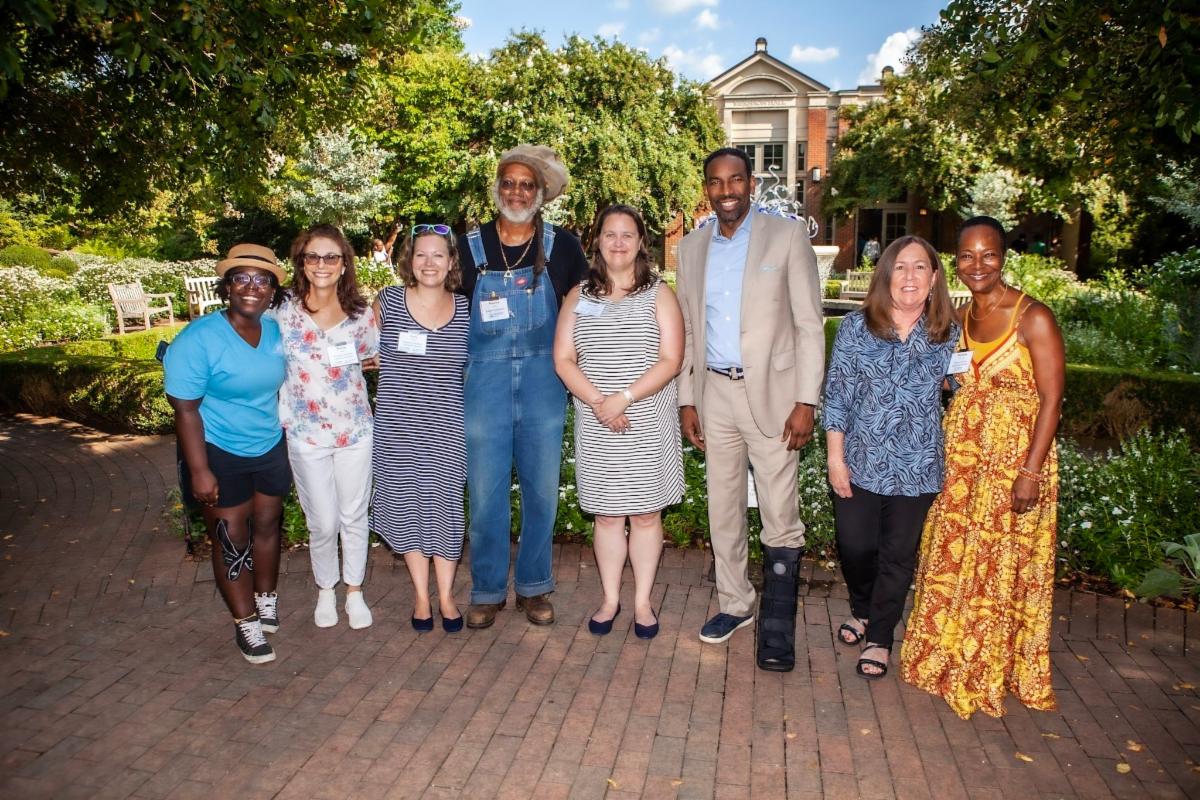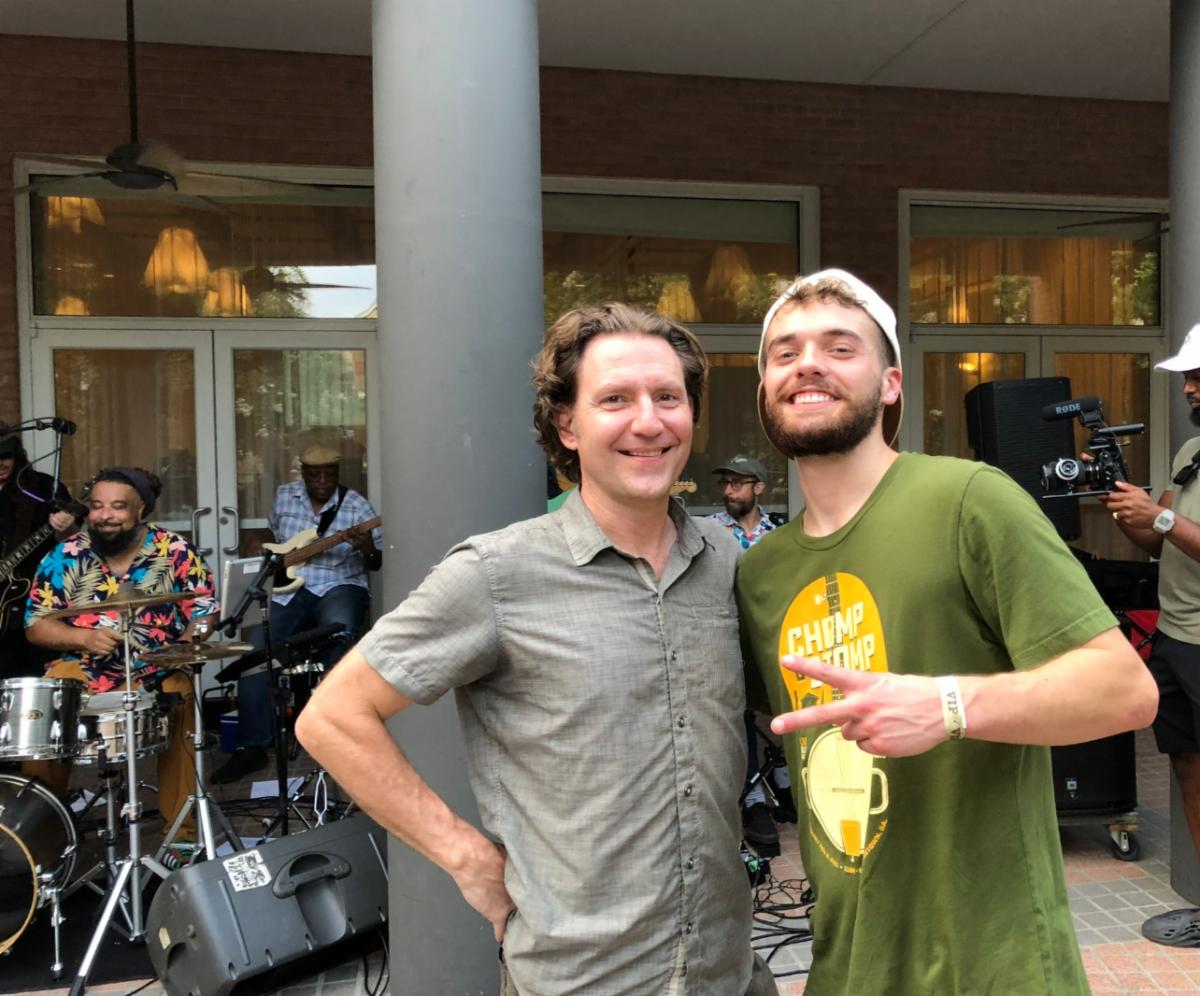Exploring AgLanta Eats: A Celebration of Urban Agriculture and Community
As an advocate for our vibrant city and its evolving landscape, I recently had the privilege of attending one of Atlanta’s most exciting annual events – AgLanta Eats. Hosted amidst the stunning backdrop of the Atlanta Botanical Garden, this festival is a delightful celebration of our local food system. It’s an occasion to savor the bounties of our urban agriculture while standing in solidarity with a powerful cause – bringing gardens and fresh, locally sourced food to the heart of our city, especially in areas that have long struggled with limited access to fresh produce.
The Essence of AgLanta Eats
AgLanta Eats is more than just a festival; it’s a movement, a gathering of like-minded individuals and organizations, and a testament to our city’s commitment to sustainable urban living. The festival’s essence lies in its celebration of urban agriculture, a practice that is transforming our cityscape in remarkable ways.
Understanding Urban Agriculture
Urban agriculture represents a dynamic shift in the way we think about food production. It’s the practice of growing, processing, and distributing food in and around urban areas. It’s about bringing agriculture back to the city, right into our neighborhoods and communities. Here are a few key aspects of urban agriculture:
1. Local Food Production: Urban agriculture reimagines our urban spaces as potential food-producing landscapes. It transforms empty lots, rooftops, and even walls into thriving gardens and mini-farms. These green spaces become hubs for growing fresh, organic produce right where it’s needed.
2. Community Engagement: One of the most beautiful aspects of urban agriculture is its ability to bring communities together. It encourages collaboration, knowledge-sharing, and a sense of ownership over our food sources. Neighborhoods become active participants in the food production process.
3. Sustainable Practices: Urban agriculture often embraces sustainable and eco-friendly practices. From composting and water conservation to organic farming methods, it prioritizes the health of both people and the planet.
4. Addressing Food Deserts: AgLanta Eats and similar initiatives aim to address the issue of food deserts – areas where residents have limited access to fresh, healthy food. By cultivating gardens and urban farms in these neighborhoods, urban agriculture becomes a powerful tool for positive change.
Honoring Community Leaders
At AgLanta Eats, I had the pleasure of connecting with passionate individuals who are driving change in our city. A special shout-out goes to my friend, the incredible Australian, Wendy Hogg, president of Groundwork Atlanta, whose dedication to sustainable urban development is truly inspiring. Groundwork Atlanta plays a vital role in fostering green spaces and promoting environmental stewardship in our communities.

I also had the pleasure of spending time with another friend of mine, Keith Morris, a highly knowledgeable commercial real estate lender in Atlanta, specializing in multi-family properties. His expertise in the commercial real estate sector is a valuable resource for those considering commercial purchases.
Exploring the Future of Urban Agriculture
As we gather at events like AgLanta Eats, we witness the dynamic future of urban agriculture unfolding before us. It’s a future where every neighborhood has access to fresh, locally grown produce. It’s a future where communities are empowered to shape their food systems. And it’s a future where sustainability and community well-being go hand in hand.
If you’re as excited about the possibilities of urban agriculture as I am, or if you’re considering real estate opportunities in this dynamic landscape, please reach out. Together, we can explore how urban agriculture is shaping our city and discover how you can be a part of this incredible movement.

